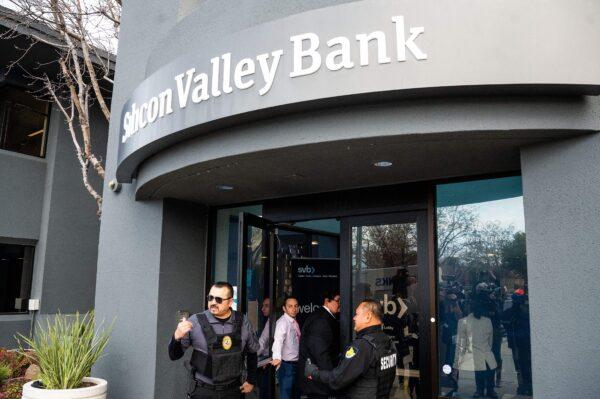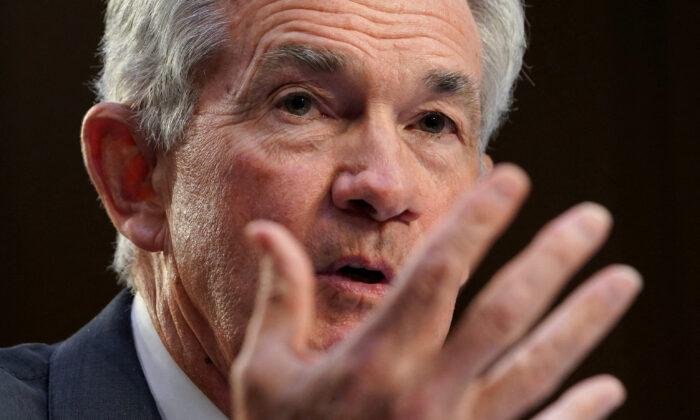The U.S. banking system is “sound and resilient” as it maintains strong capital and liquidity conditions, Federal Reserve Chair Jerome Powell told reporters after the policy-making meeting of the Federal Open Market Committee (FOMC).
Powell highlighted that the central bank took decisive actions with the Treasury Department and the Federal Deposit Insurance Corporation (FDIC) in the aftermath of the failures of Silicon Valley Bank (SVB) and Signature Bank.
“We will continue to closely monitor conditions in the banking system and are prepared to use all of our tools as needed to keep it safe and sound,” Powell said. “In addition, we are committed to learning the lessons from this episode and to work to prevent events like this from happening again.”
The financial markets mostly penciled in a quarter-point rate hike at the policy meeting, although there had been some rumblings that the Fed should hit the pause button. Powell revealed that policymakers had considered leaving rates unchanged “in the days running up to the meeting.”
Bad Management or Not Enough Regulation?
Despite the recent events, Powell does not anticipate employing other policy tools to achieve tighter financial conditions since other institutions managed to handle the central bank’s higher interest rates. The objective behind supporting insured and uninsured depositors at the two banks was to prevent contagion to other banks and to the broader financial markets, he noted.The events that transpired resulted from an SVB management team that “failed badly.”
“They grew the bank very quickly, they exposed the bank to significant liquidity risk and interest-rate risk,” he said. “They didn’t hedge that risk. We now know that supervisors saw these risks and an intervened. We know that the public saw this.”

Powell did agree, however, that “we do need to strengthen supervision and regulation.”
Michael S. Barr, the vice chair for supervision of the Fed Board of Governors, will lead a review of what transpired.
While he attempted to assure the American people that their bank deposits were safe, Powell stopped short of confirming that the federal government would protect uninsured deposits.
“What I’m saying is you’ve seen that we have the tools to protect depositors when there is a threat of serious harm to the economy or to the financial system, and we’re prepared to use those tools. I think depositors should assume that their deposits are safe,” he said.
The Fed chair noted that the broader banking system does not contain weaknesses. The case with SVB was an “outlier” based on the percentage of uninsured deposits and the financial institution’s long-duration holdings.
Ninety percent of SVB’s deposits were uninsured because they exceeded the FDIC’s insurance limit of $250,000. In order to attract customers, the bank offered higher deposit rates than some of its competitors, offsetting this generous offer by investing in long-term bonds, which tanked when the Fed launched its quantitative tightening campaign in March 2022.
Powell clarified that this was not adjusting the stance of monetary policy.
“That balance-sheet expansion is really temporary lending to banks to meet those special liquidity demands created by the recent tensions,” he said.
Is a Soft Landing Possible?
Over the last week, many banks and economists have raised their odds of a recession due to the SVB failure. Goldman Sachs economists raised their recession probabilities estimate from 25 percent to 35 percent.More incoming data should confirm whether the SVB and Signature failures will influence the broader economy.
When asked if Powell still envisions a soft landing after everything that has occurred in the past two weeks, he said it is still uncertain.
“It’s too early to say really whether these events have had much of an effect,” he stated. “We'll just have to see. I do still think ... that pathway still exists, and we’re certainly trying to find it.”





